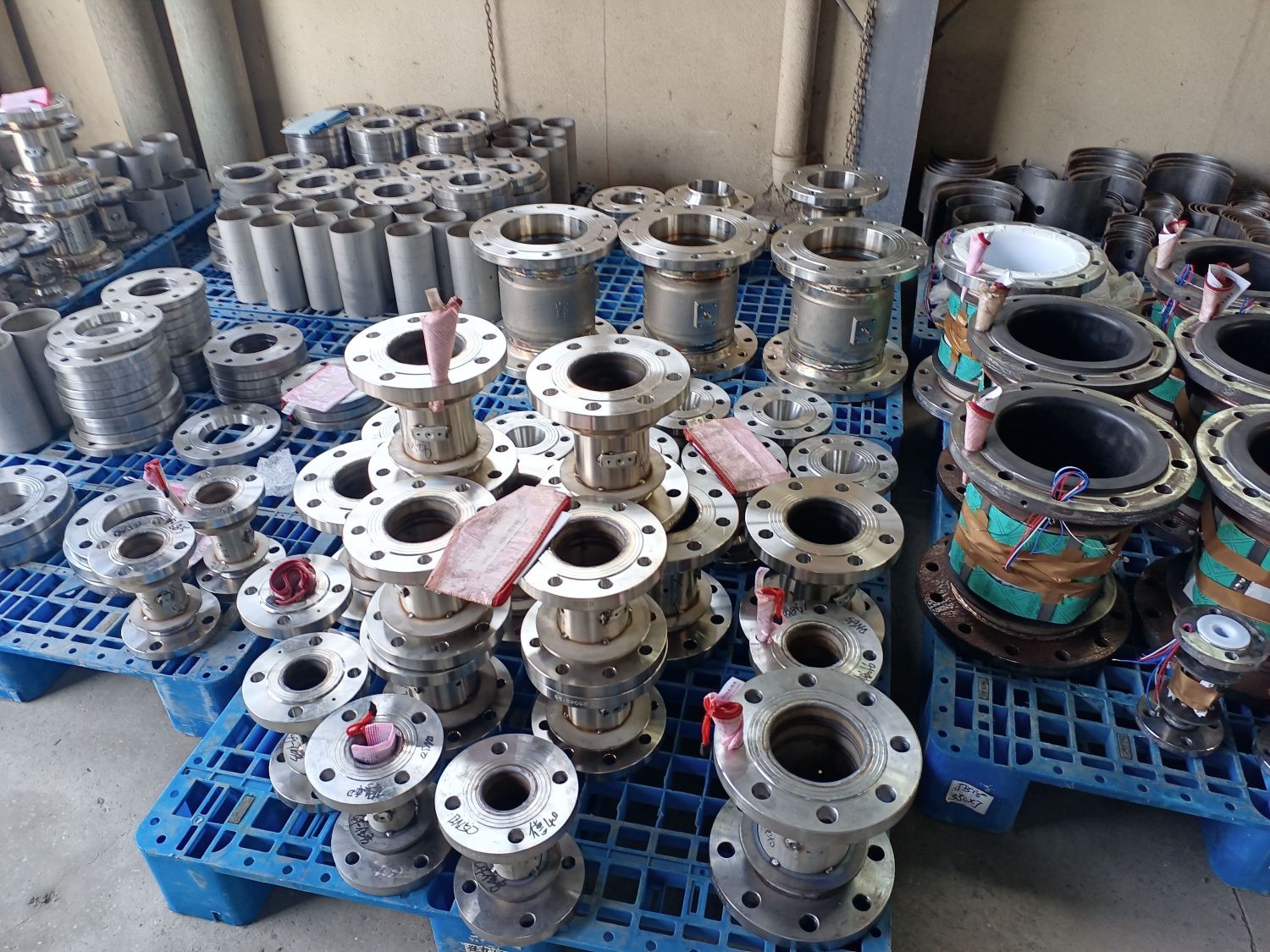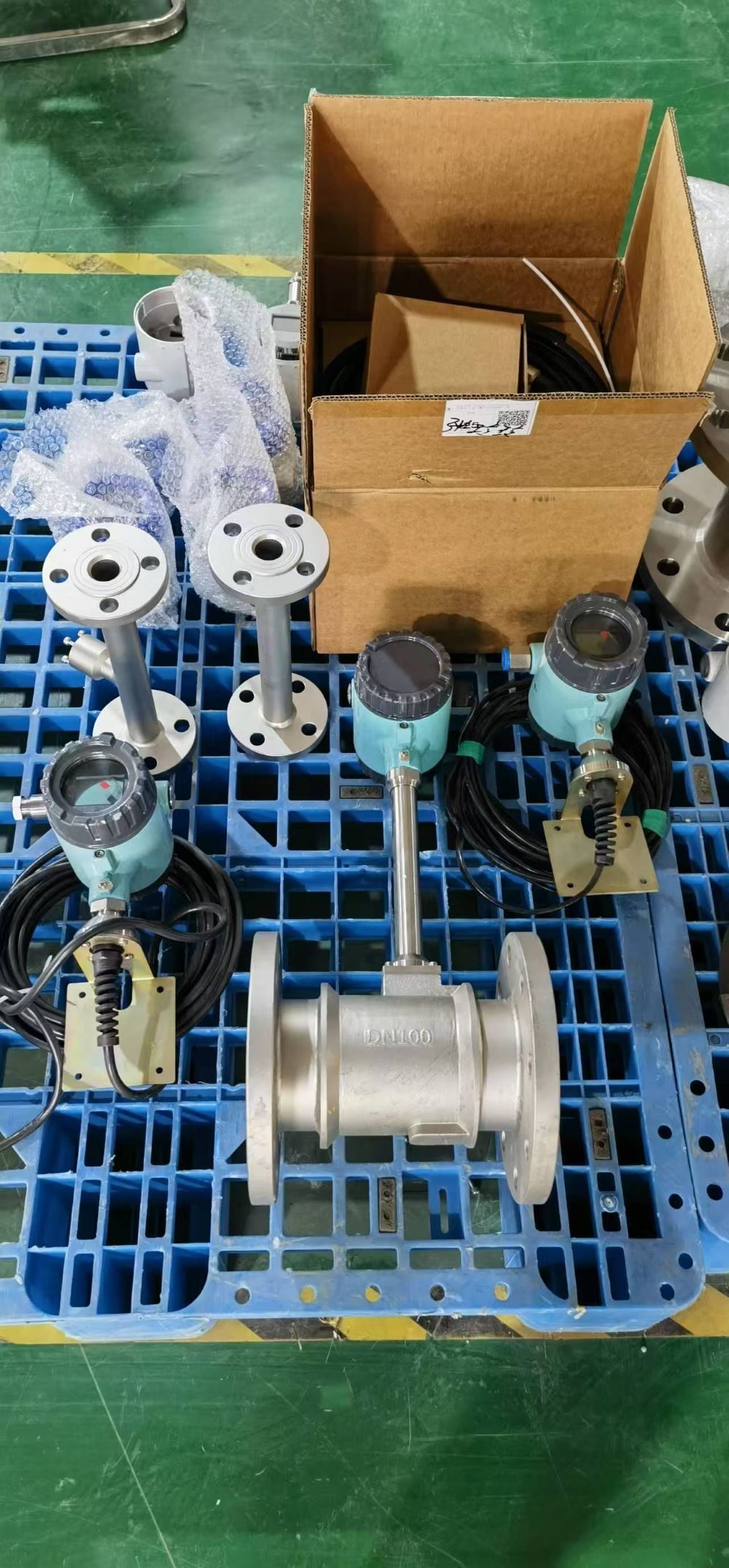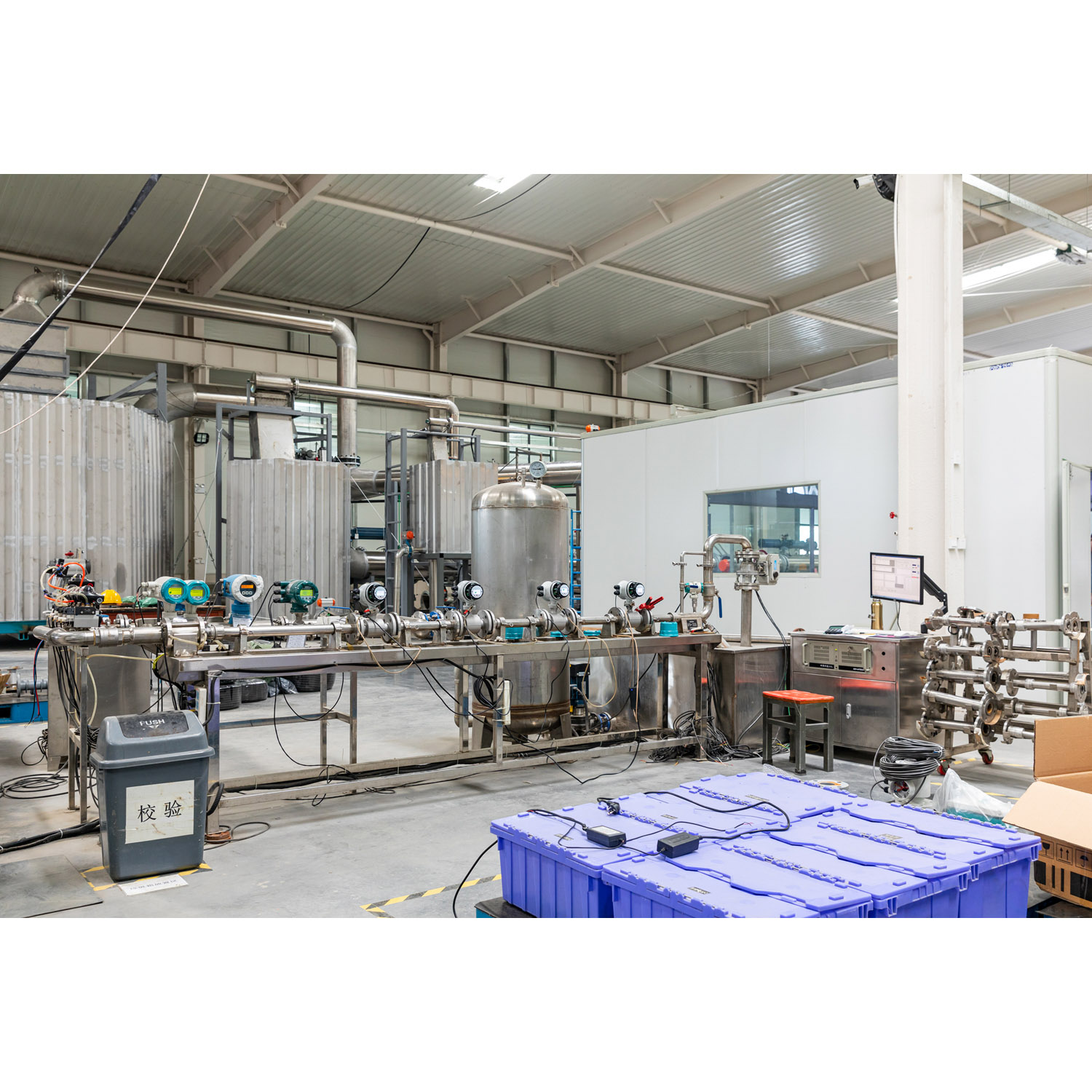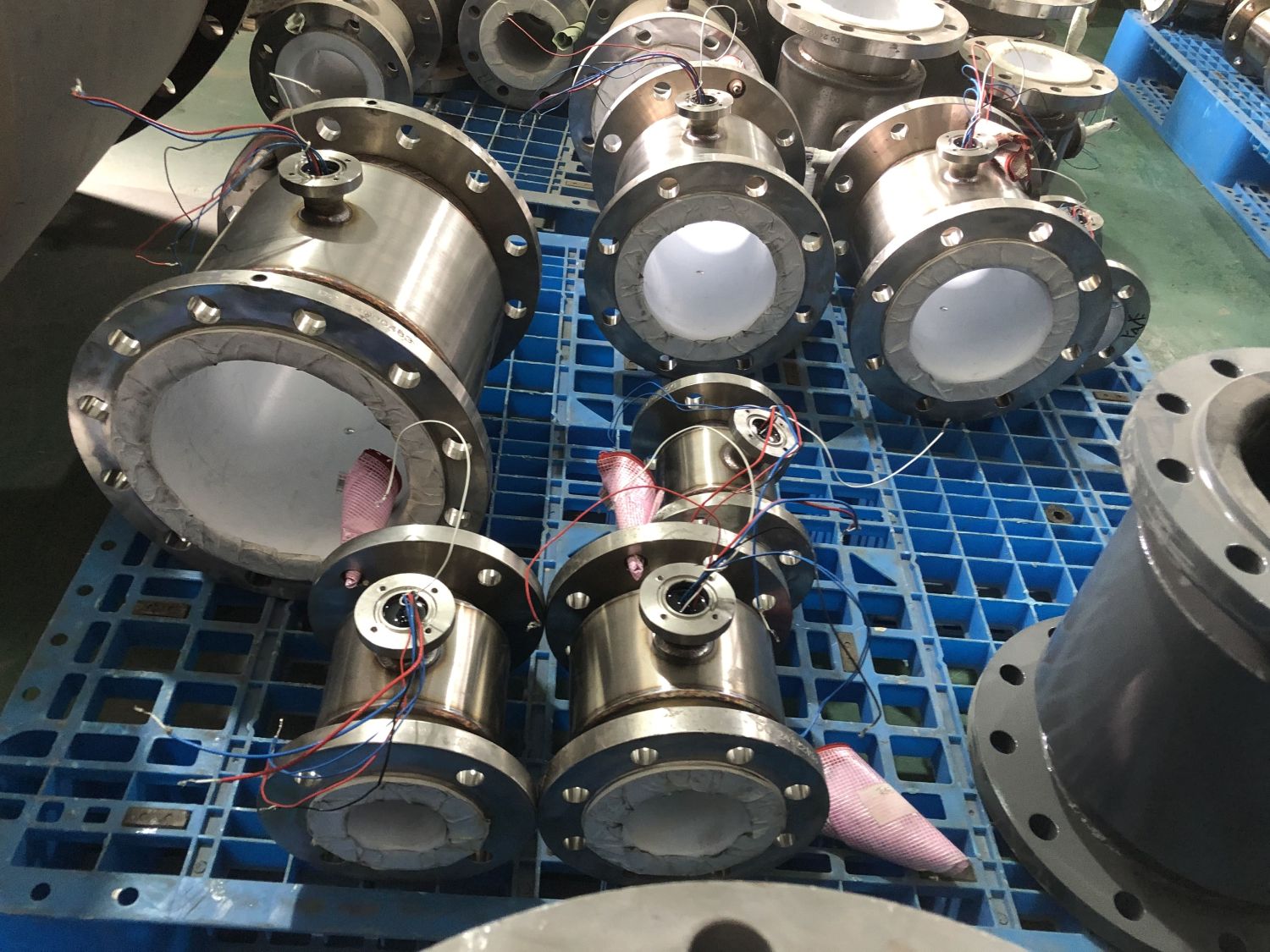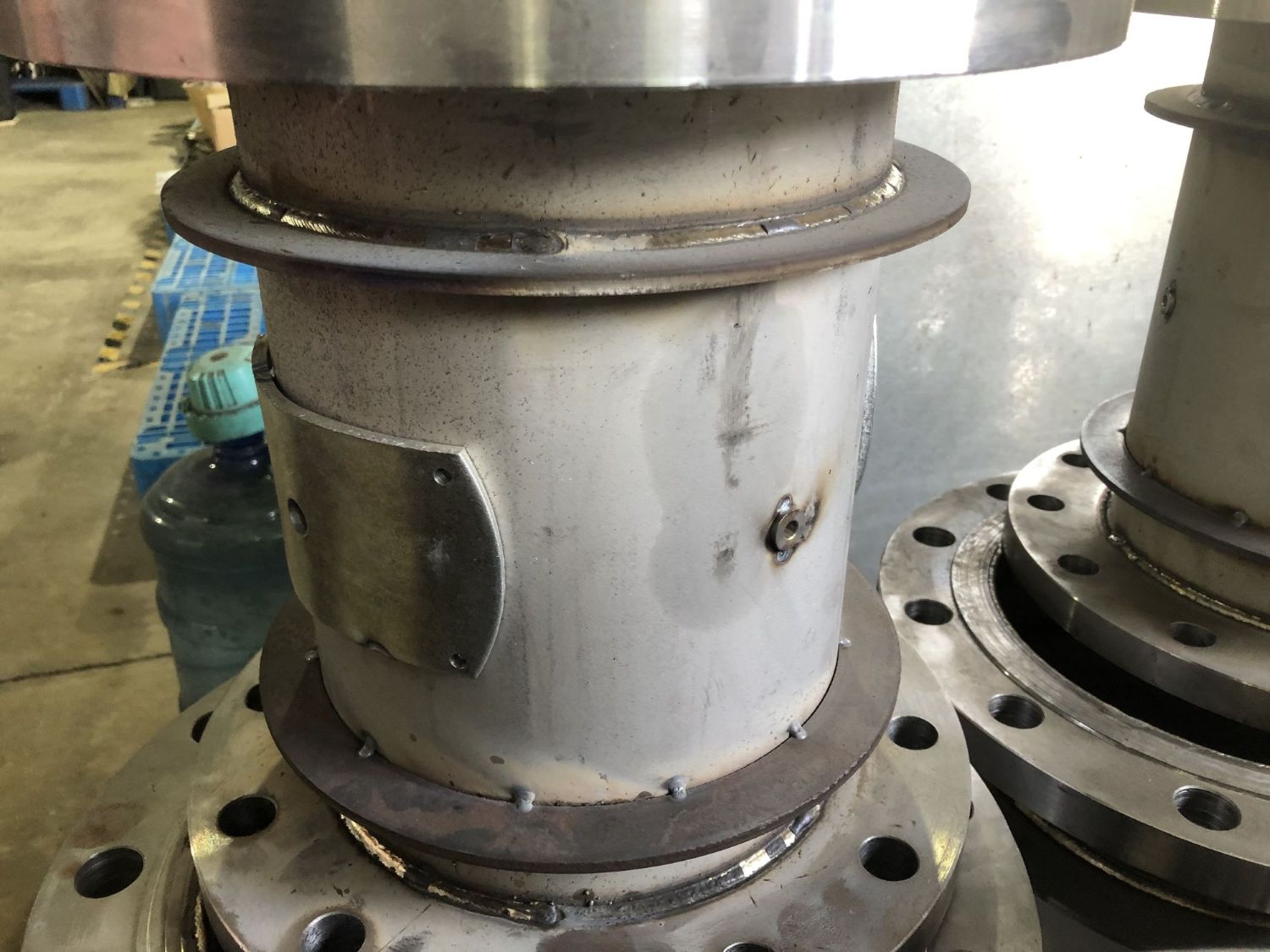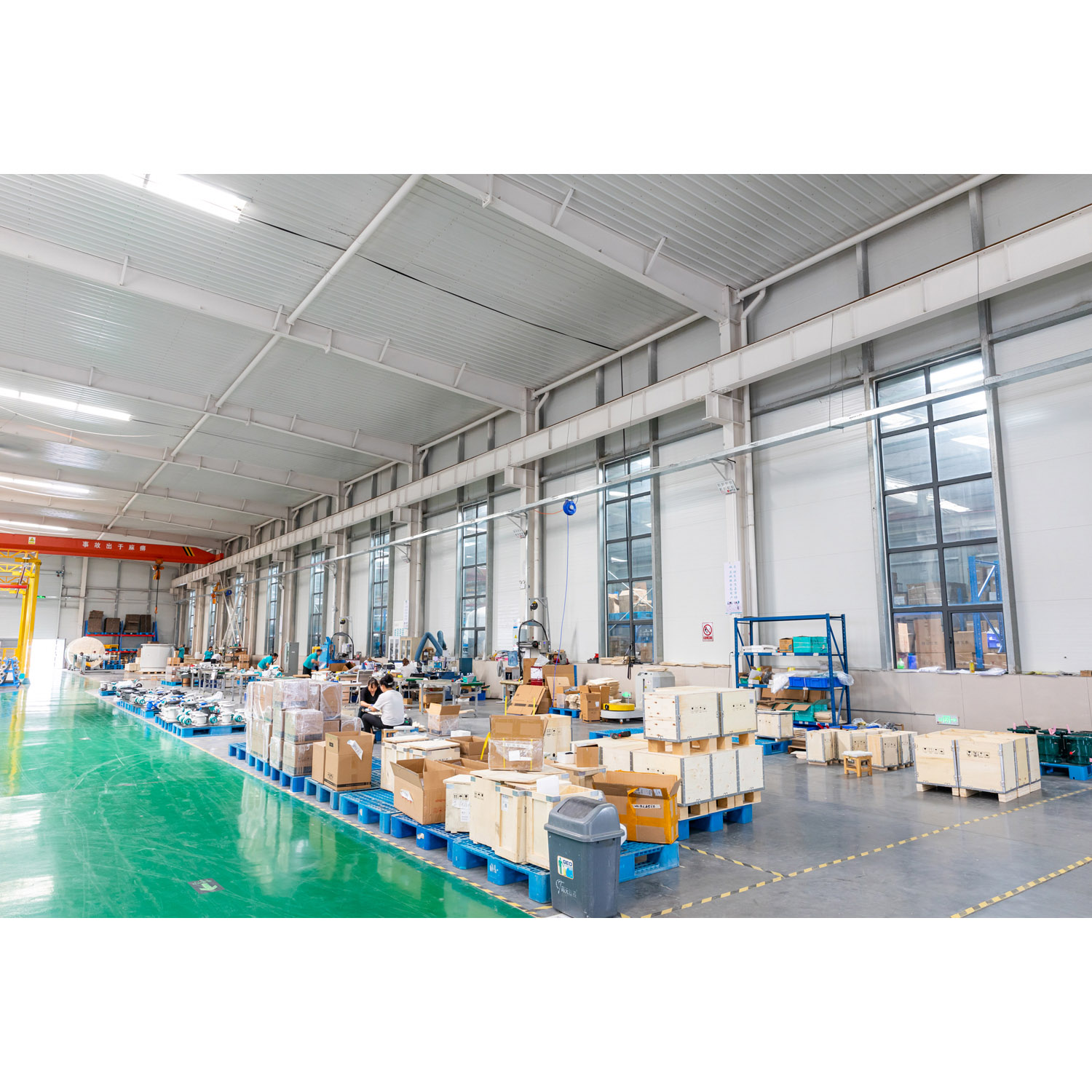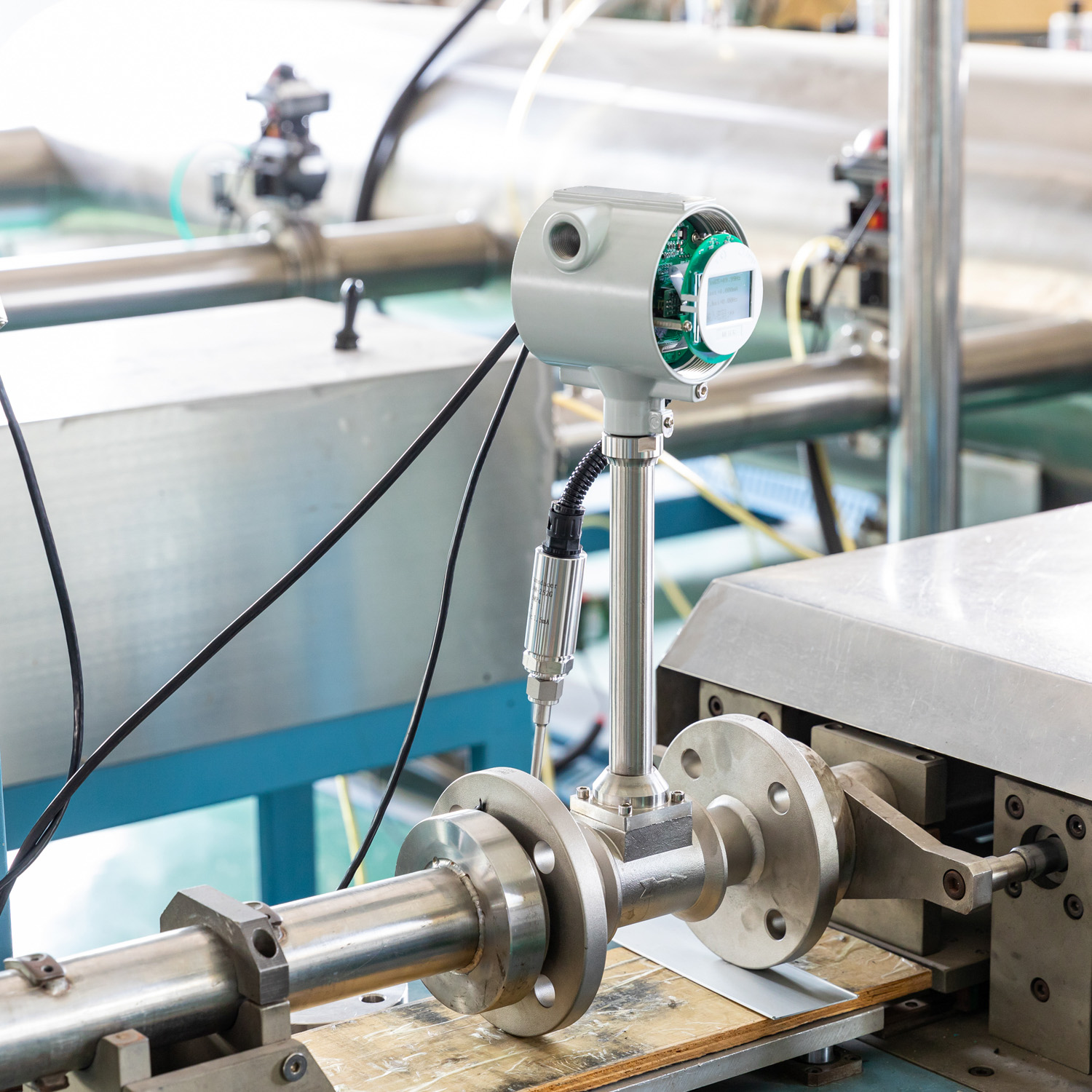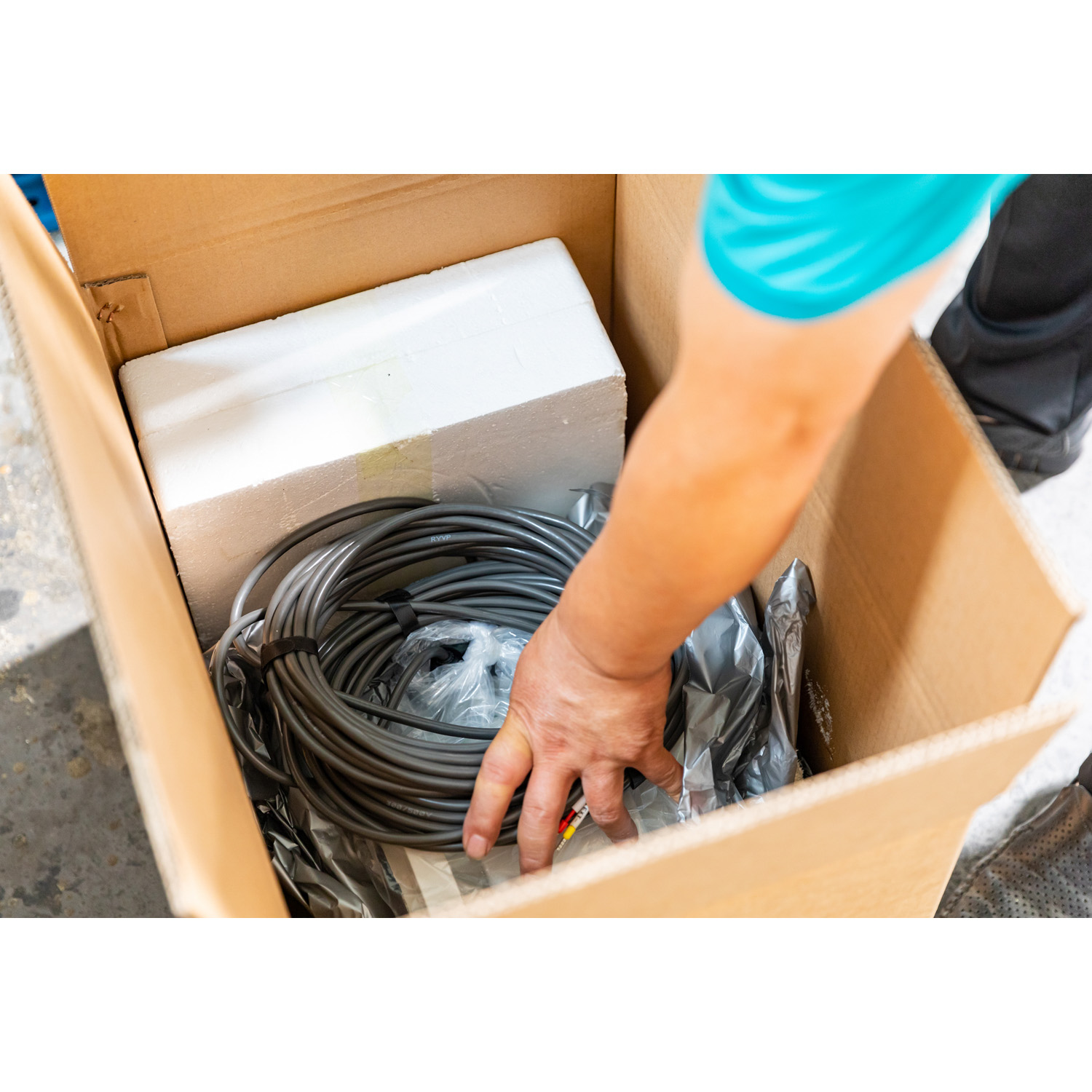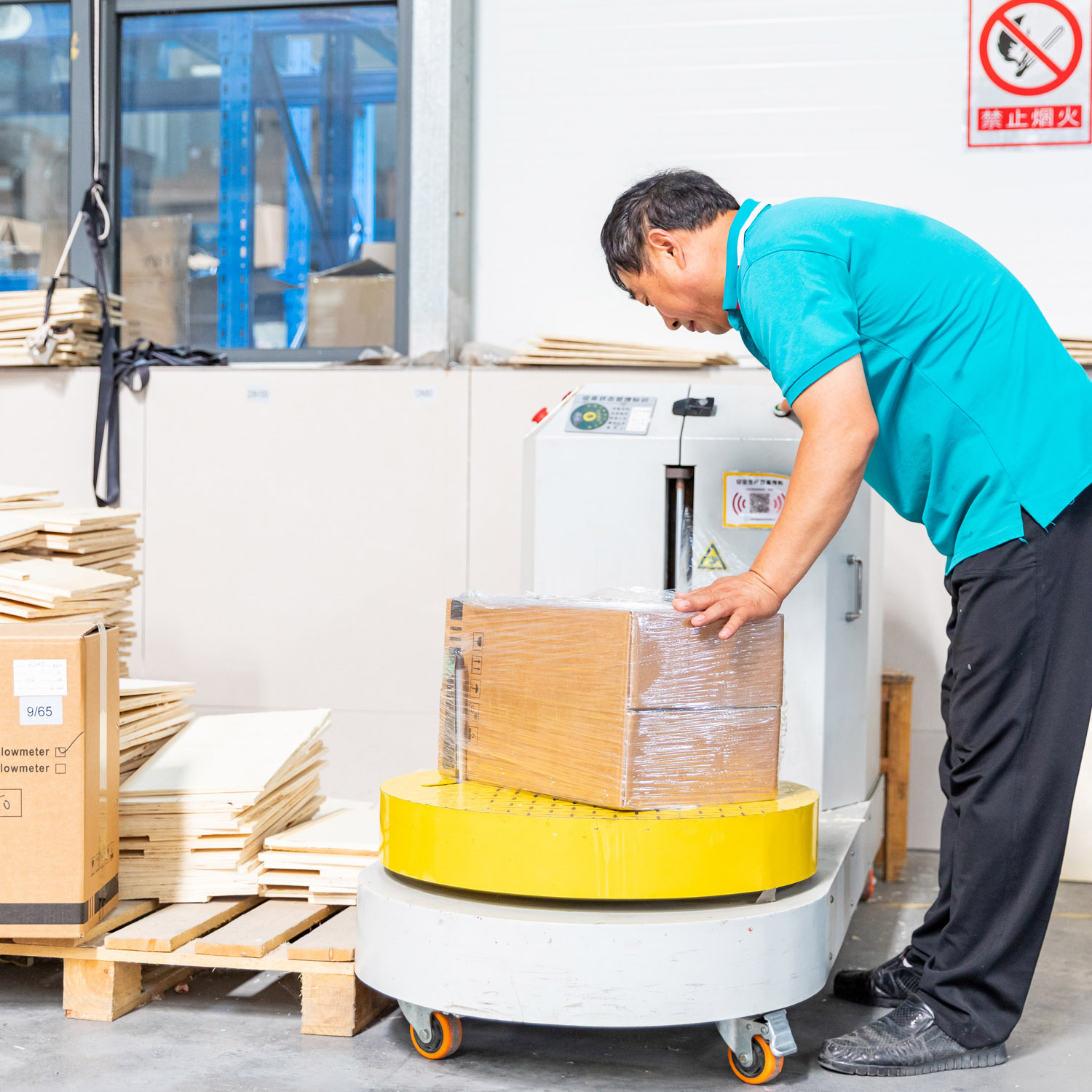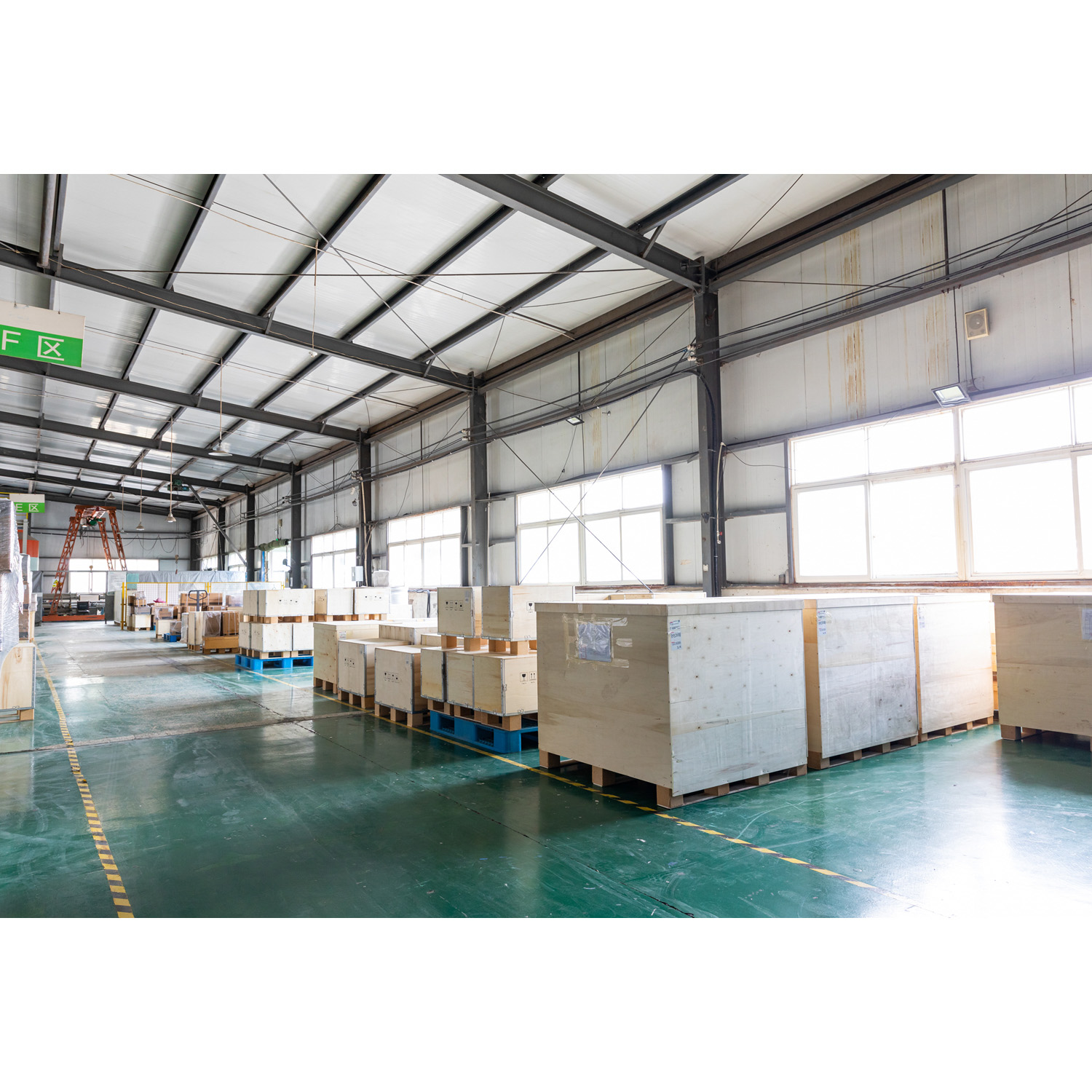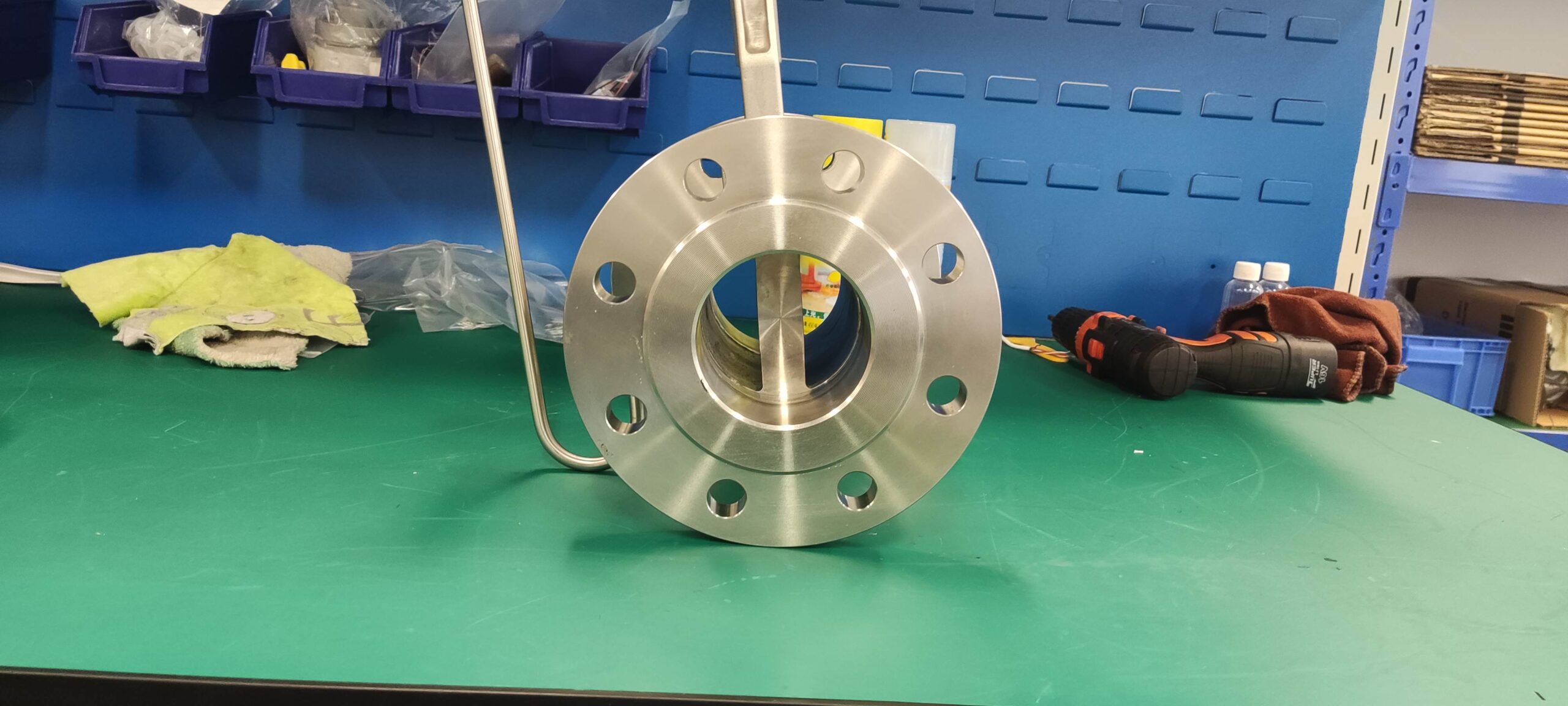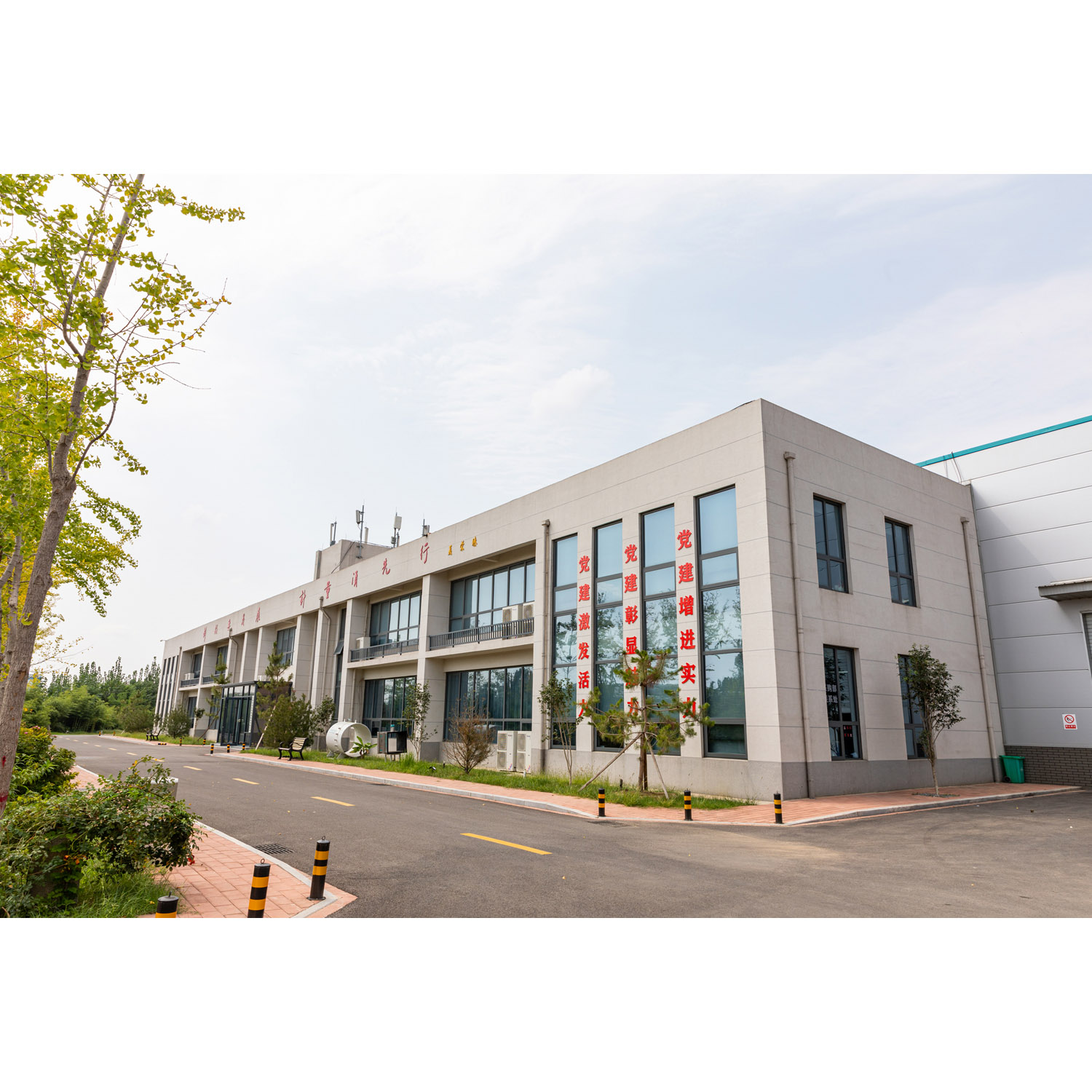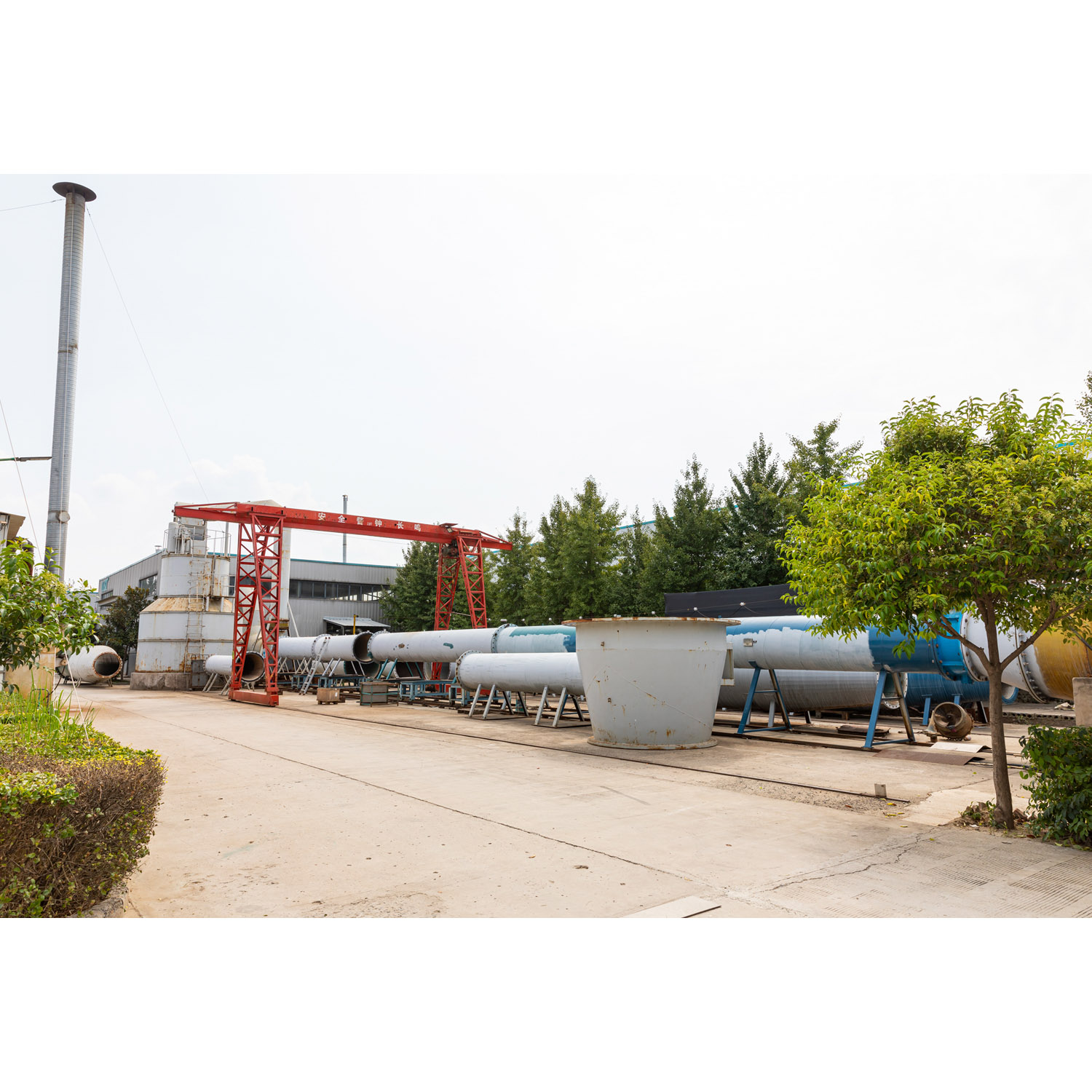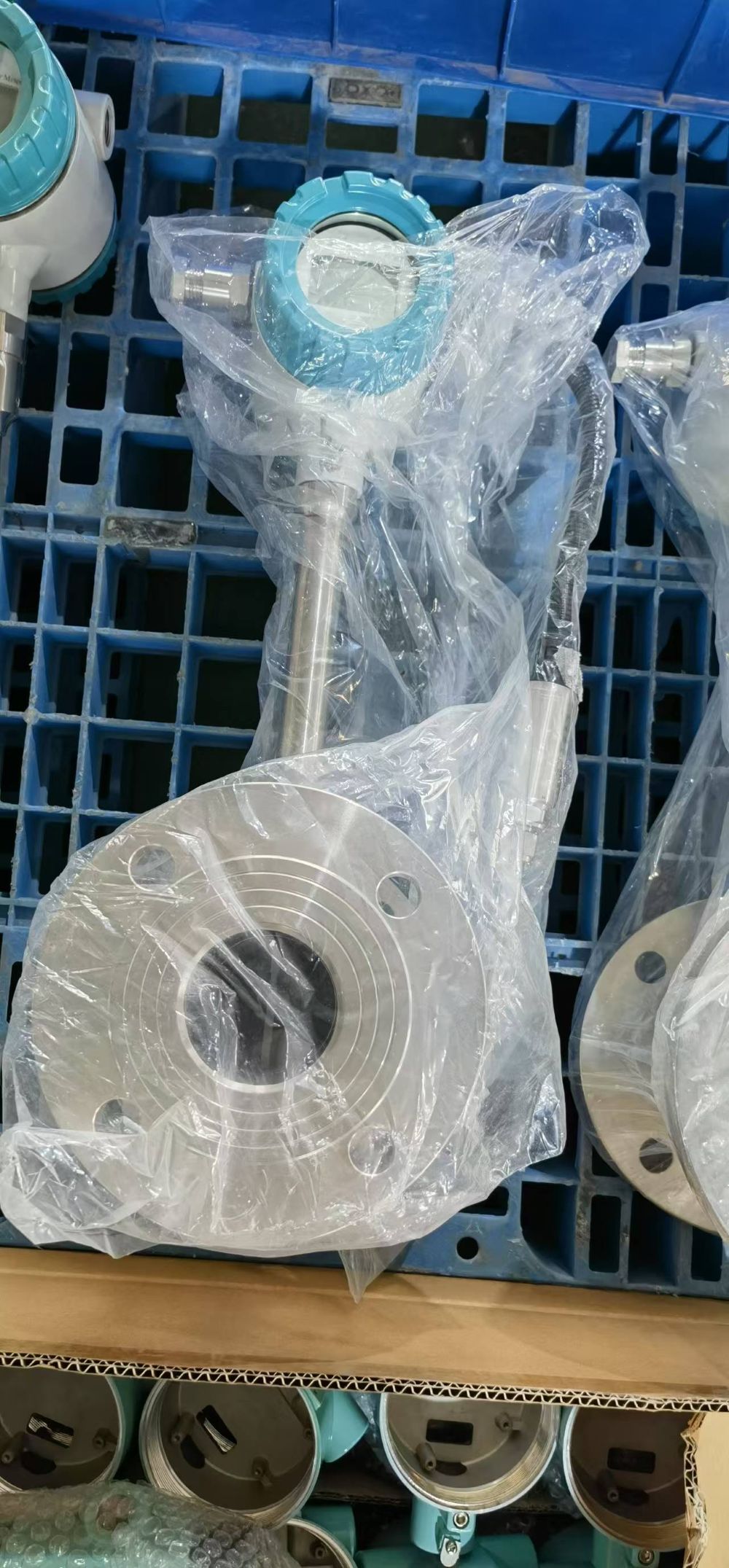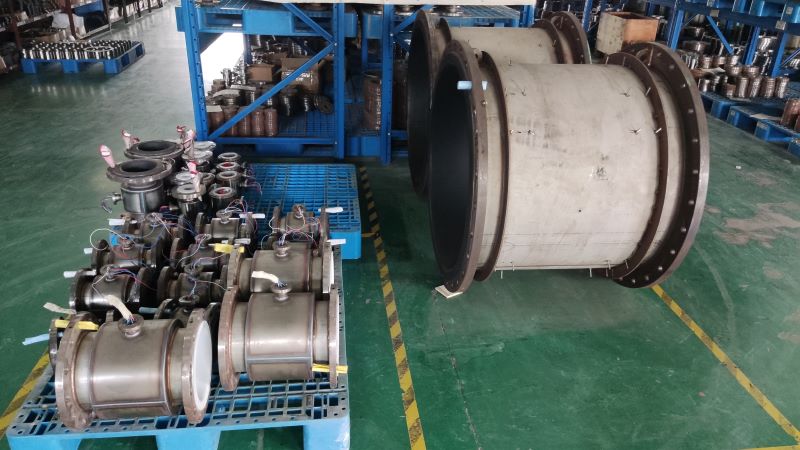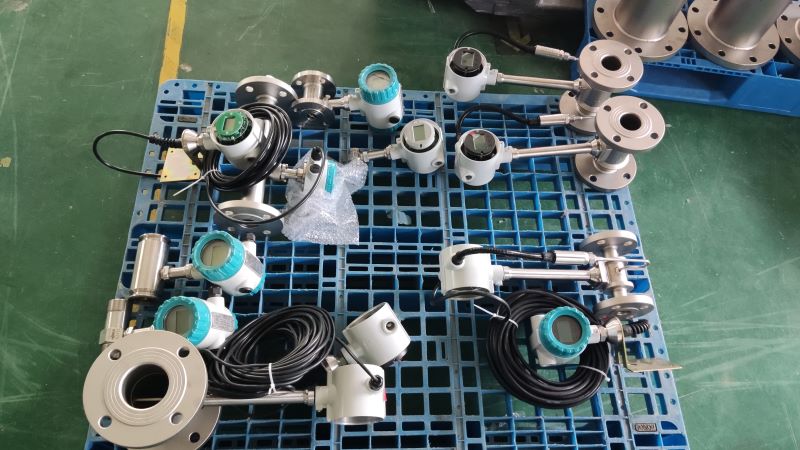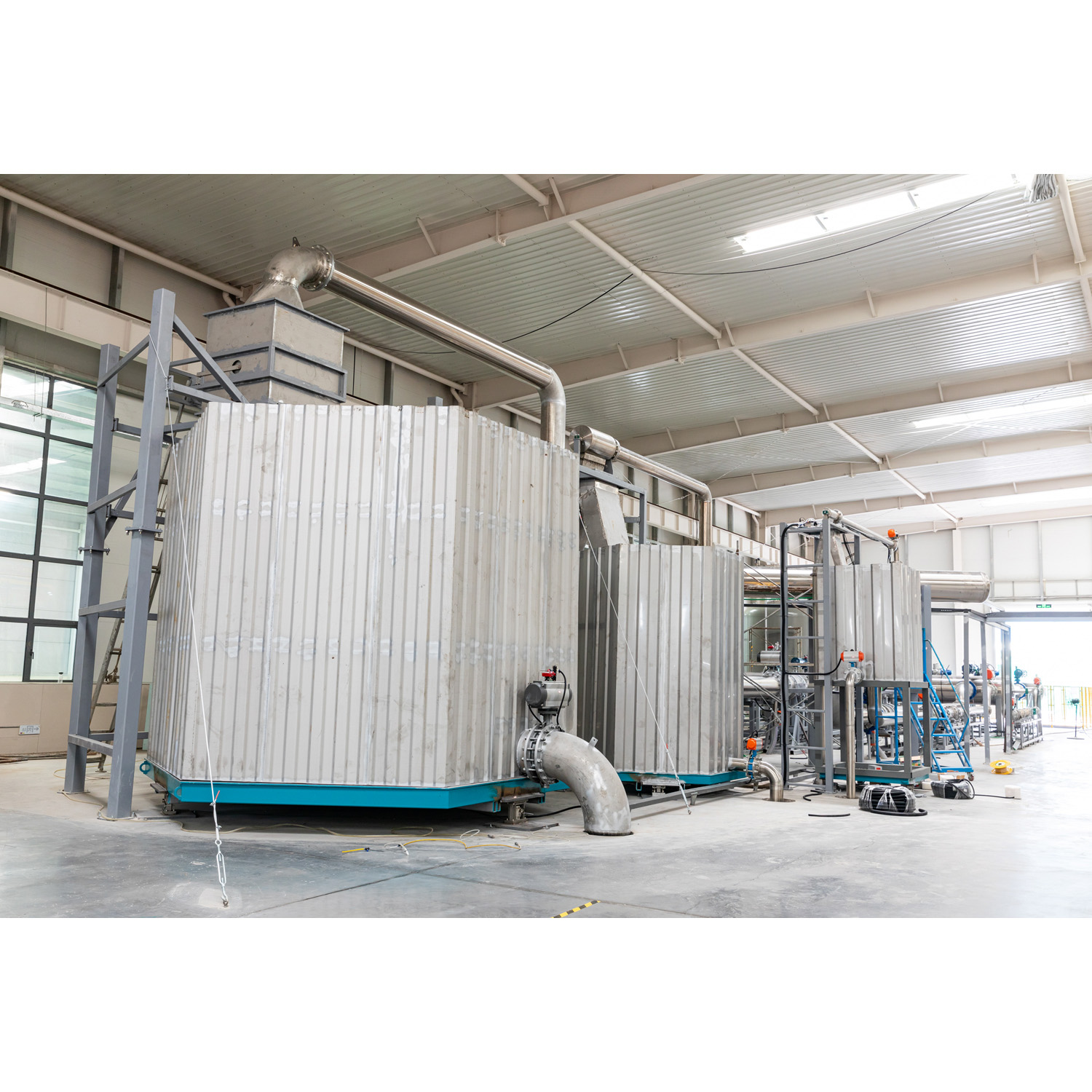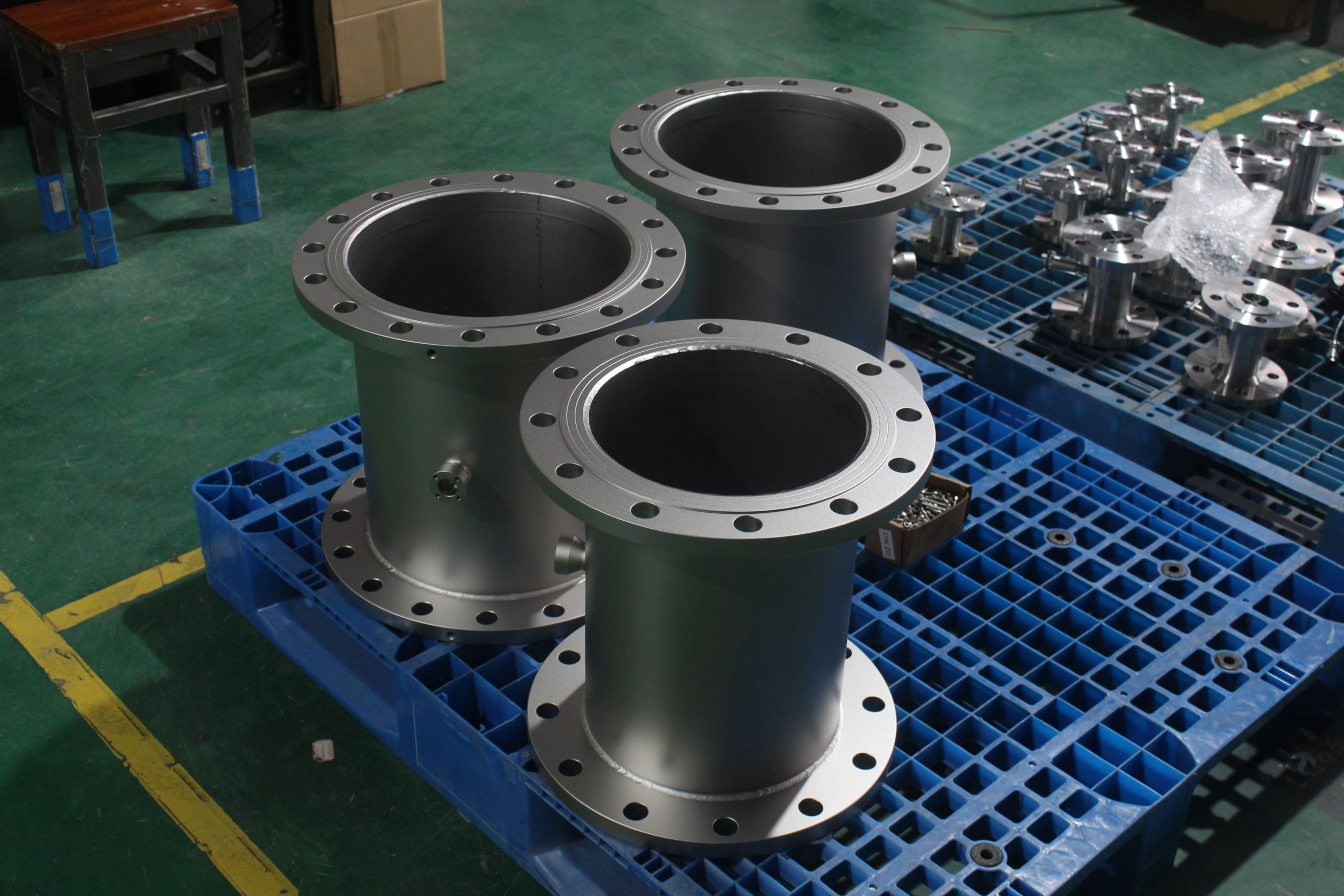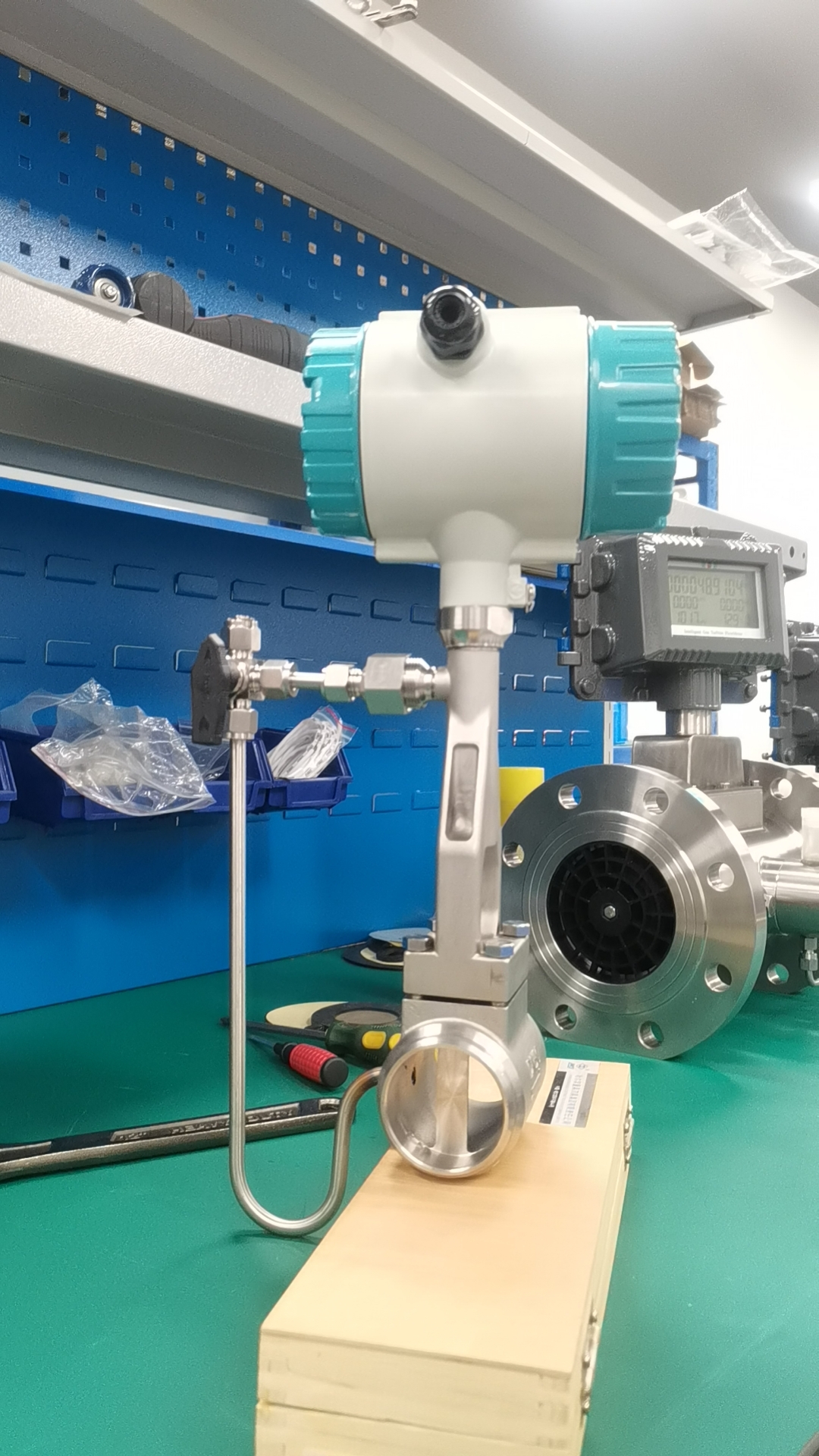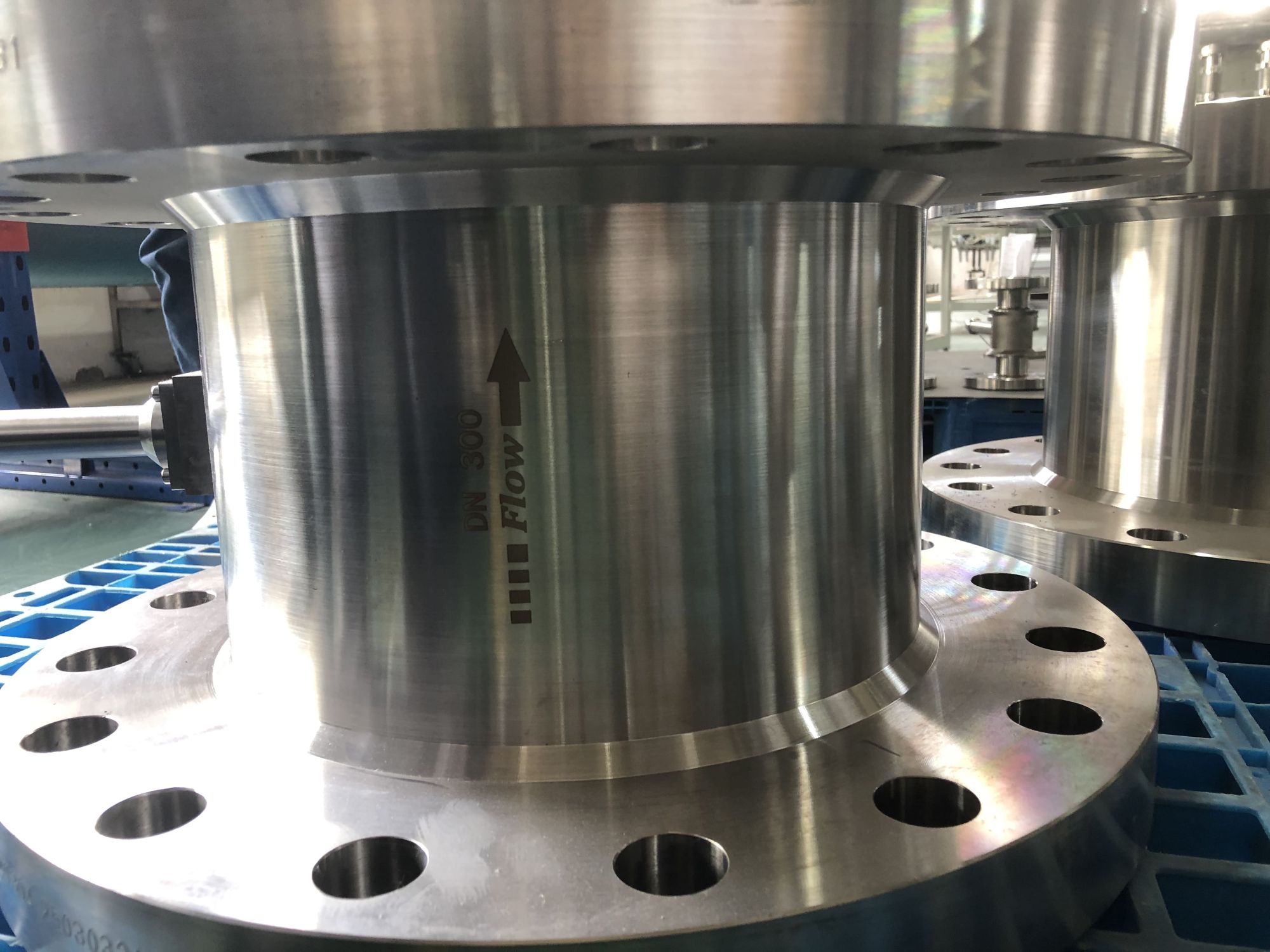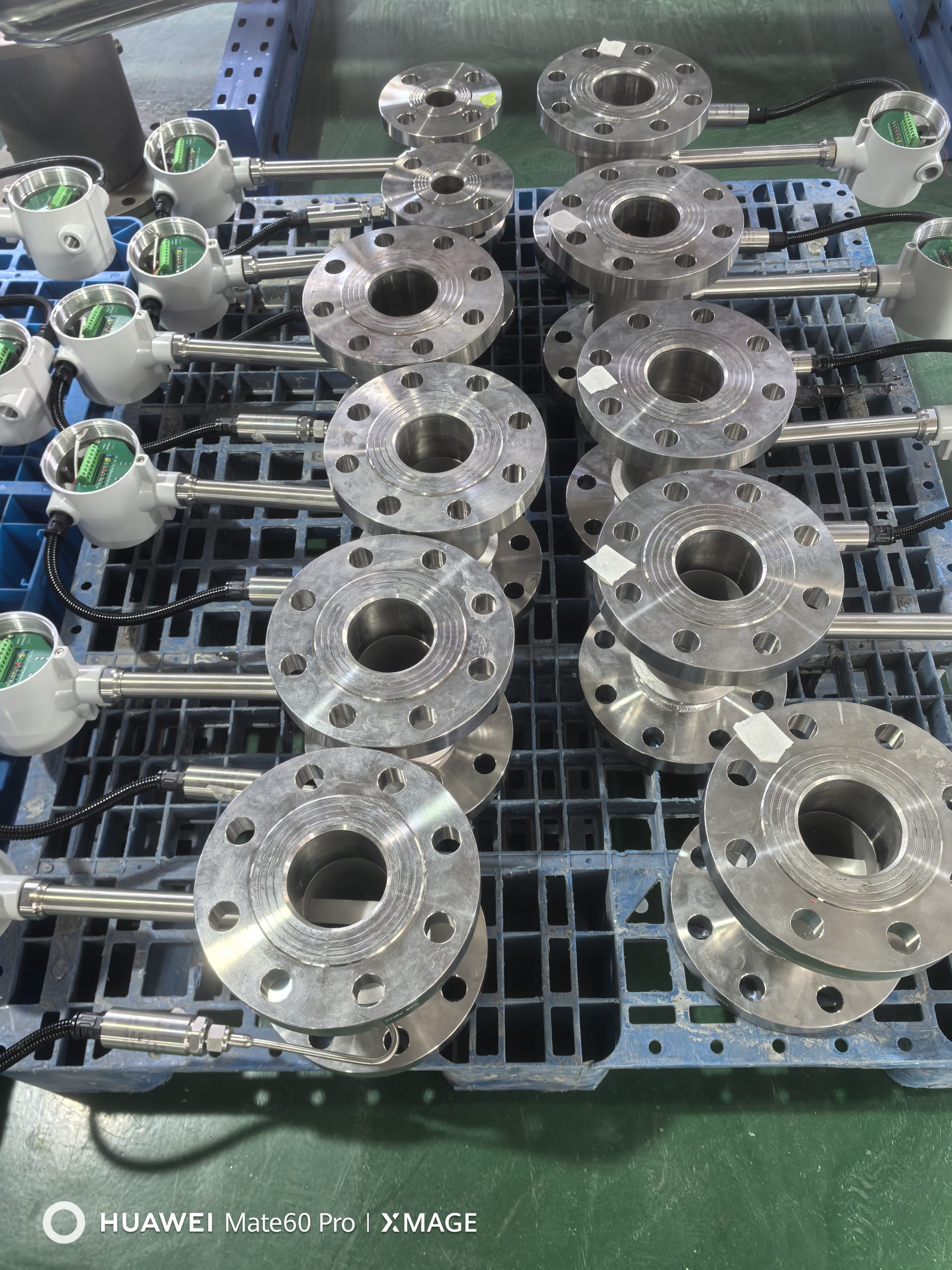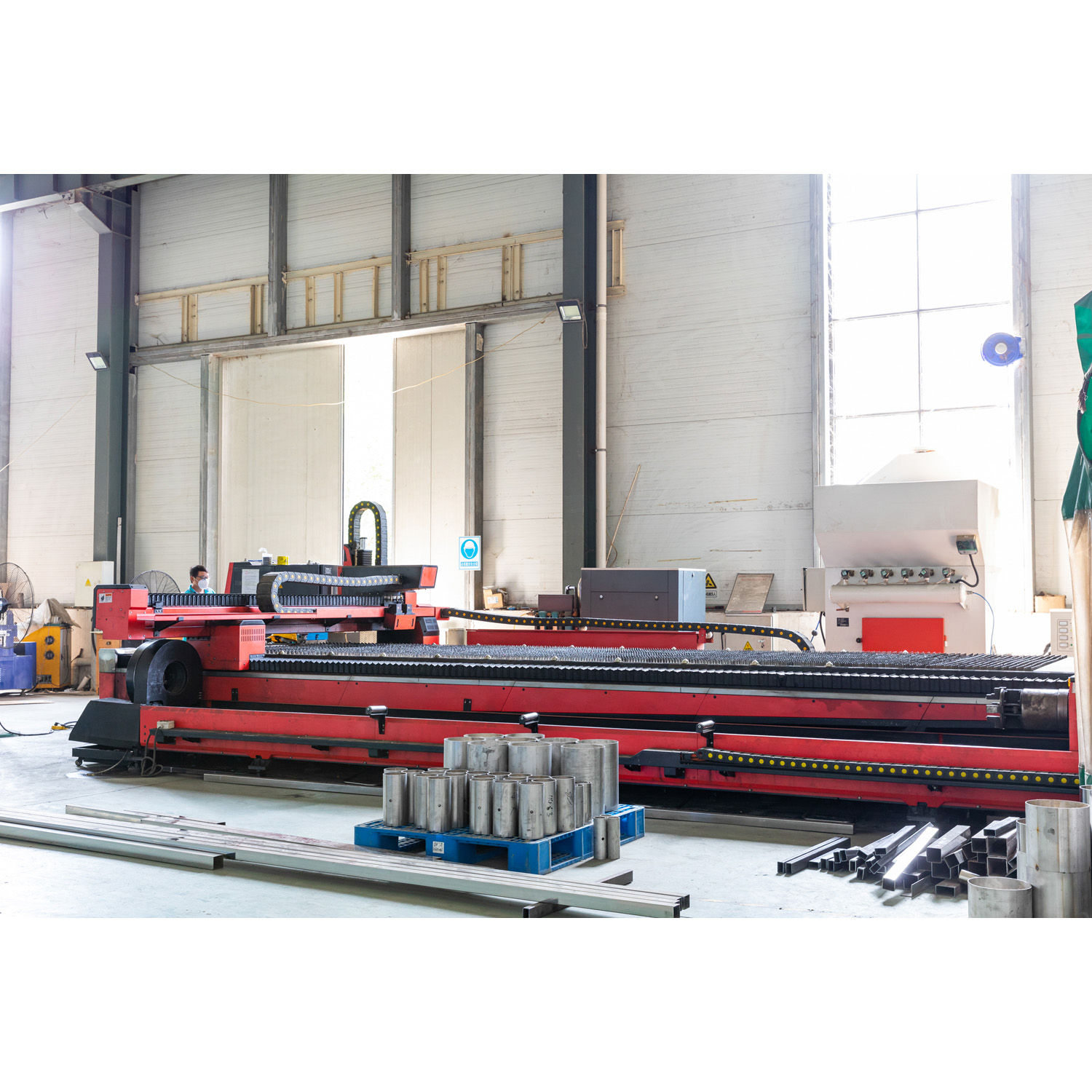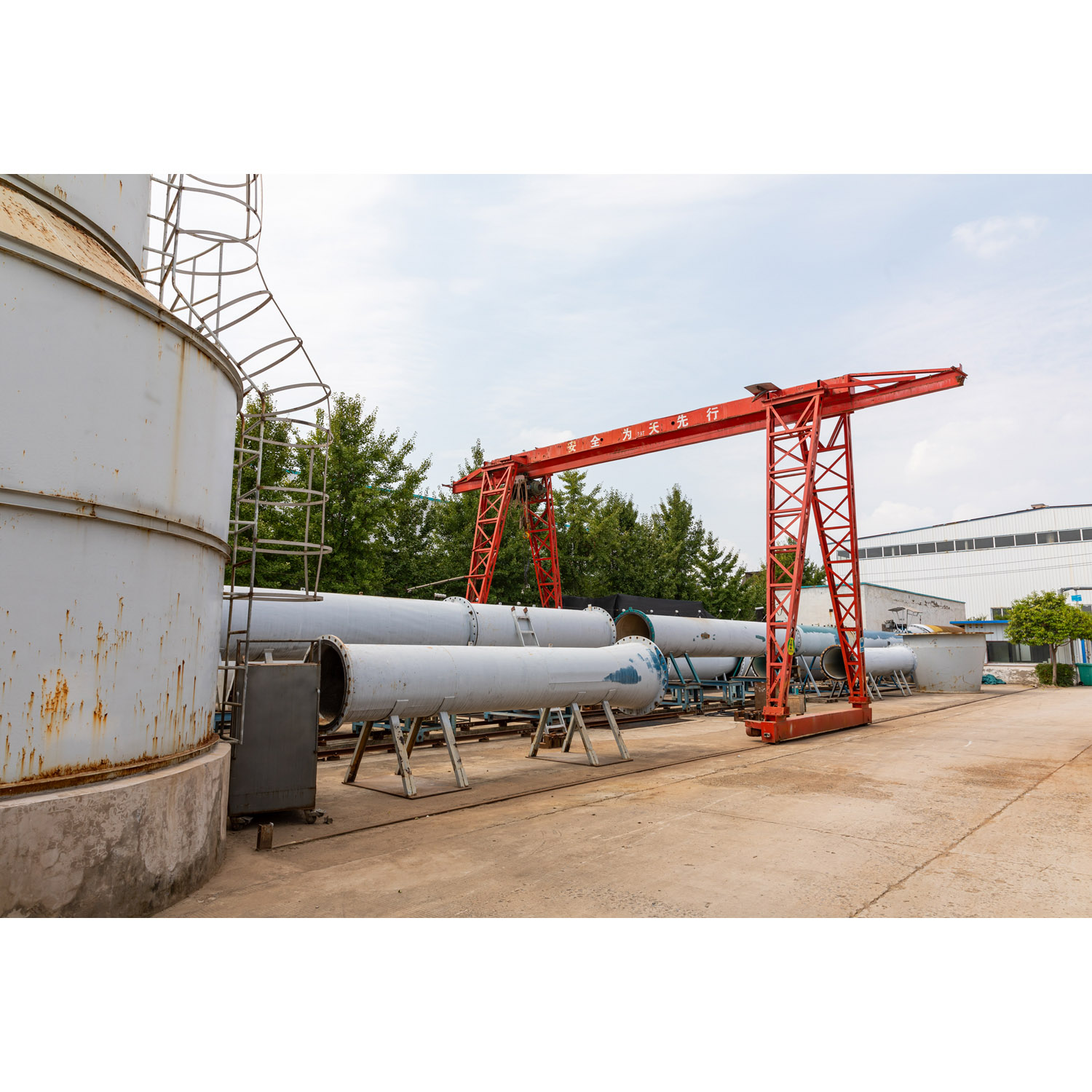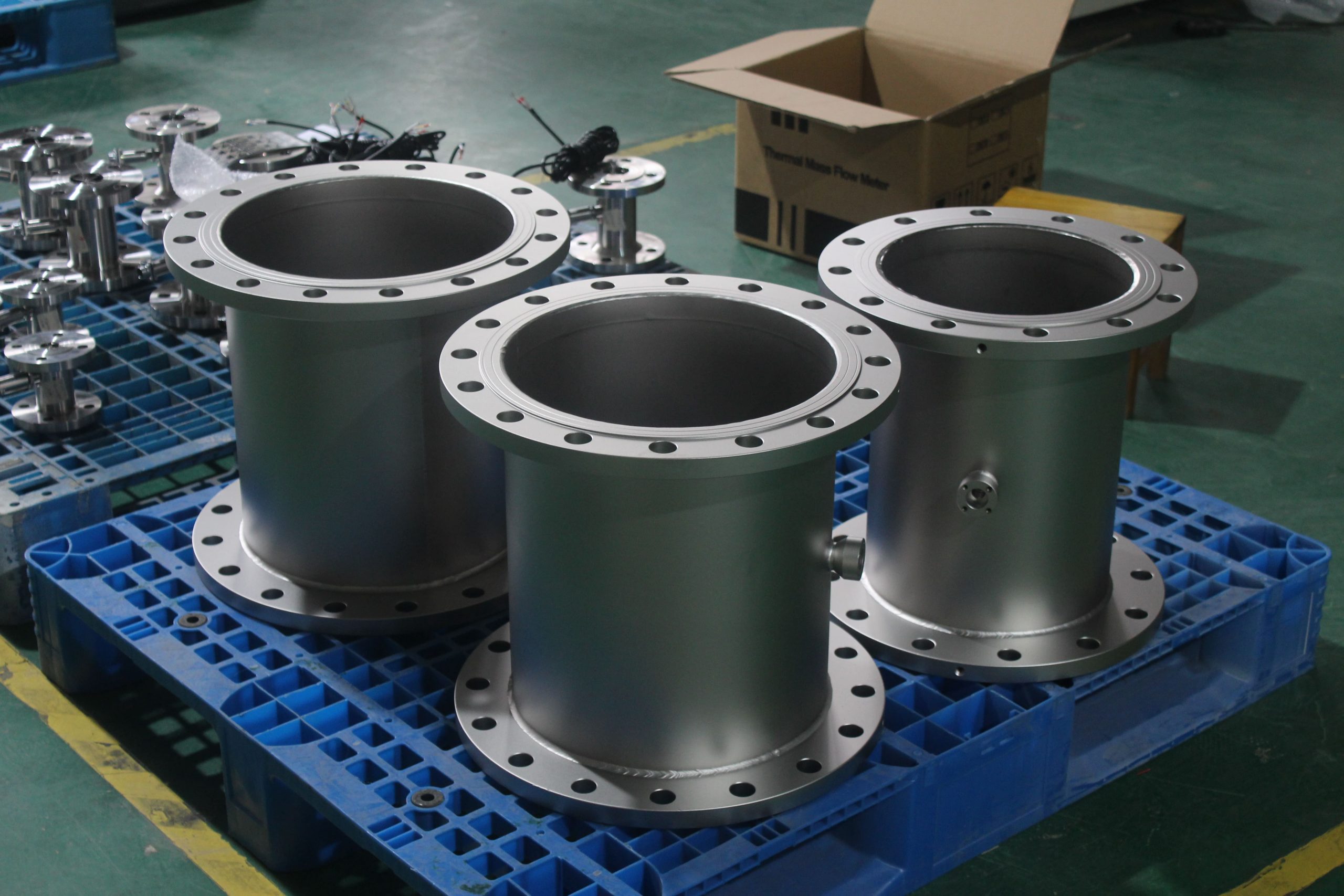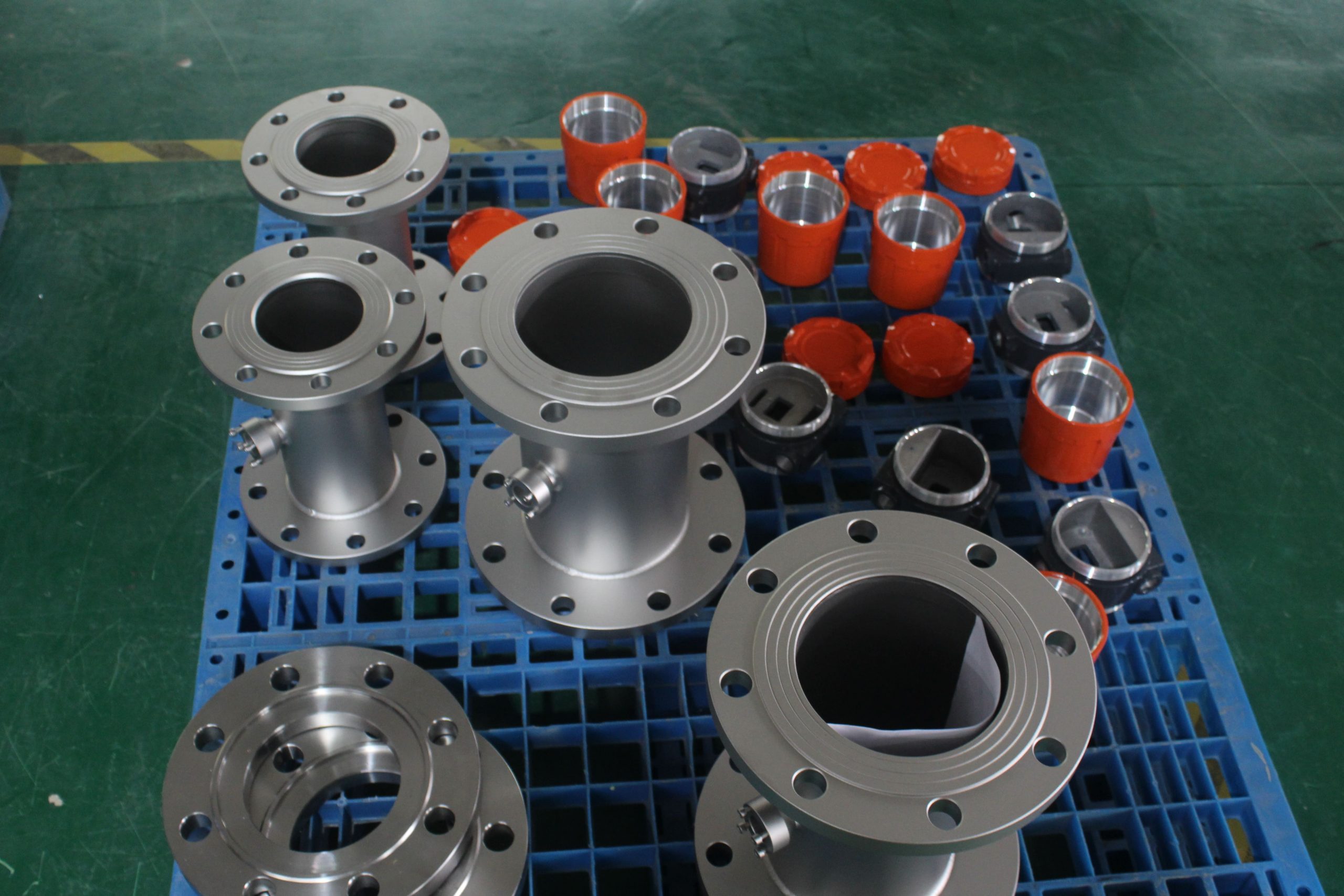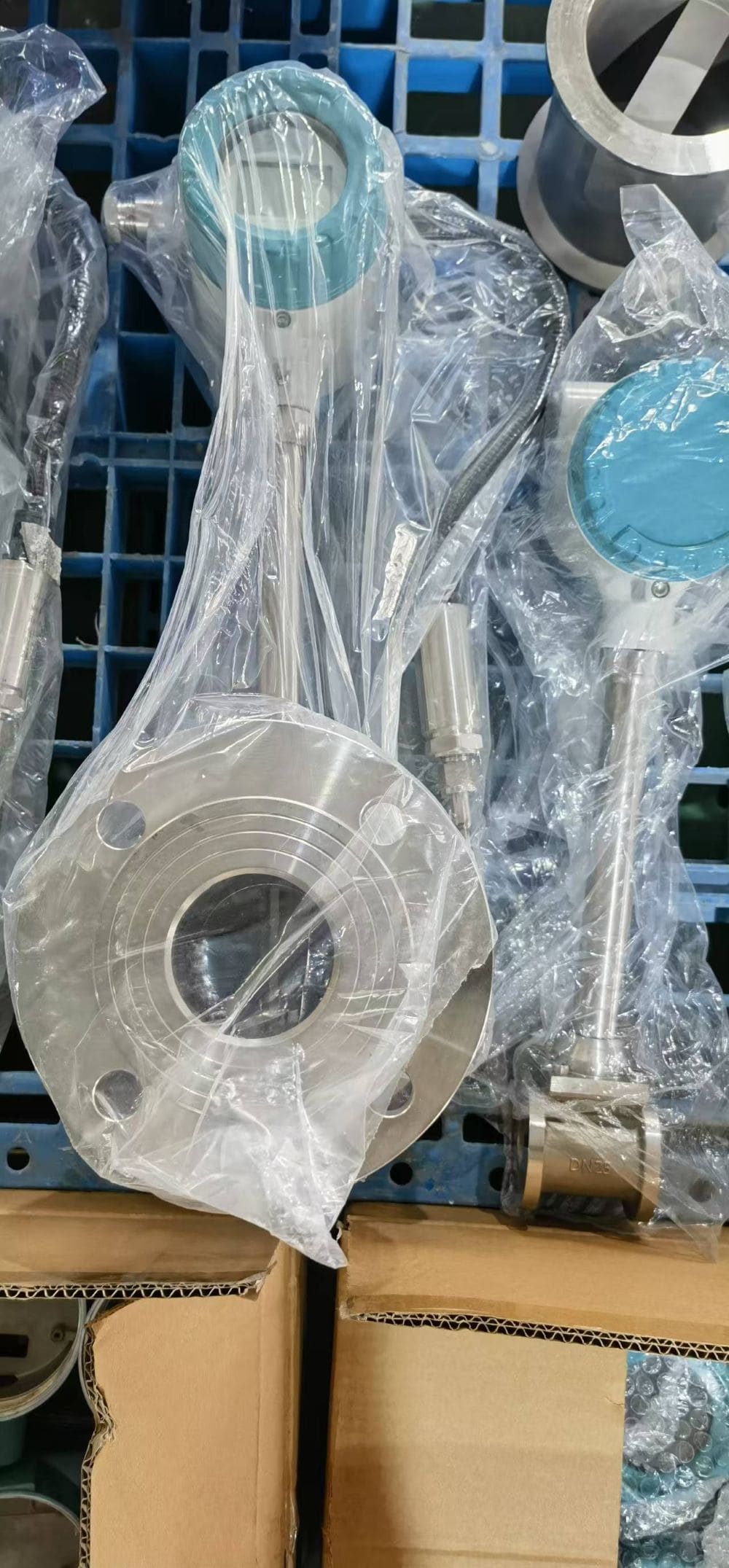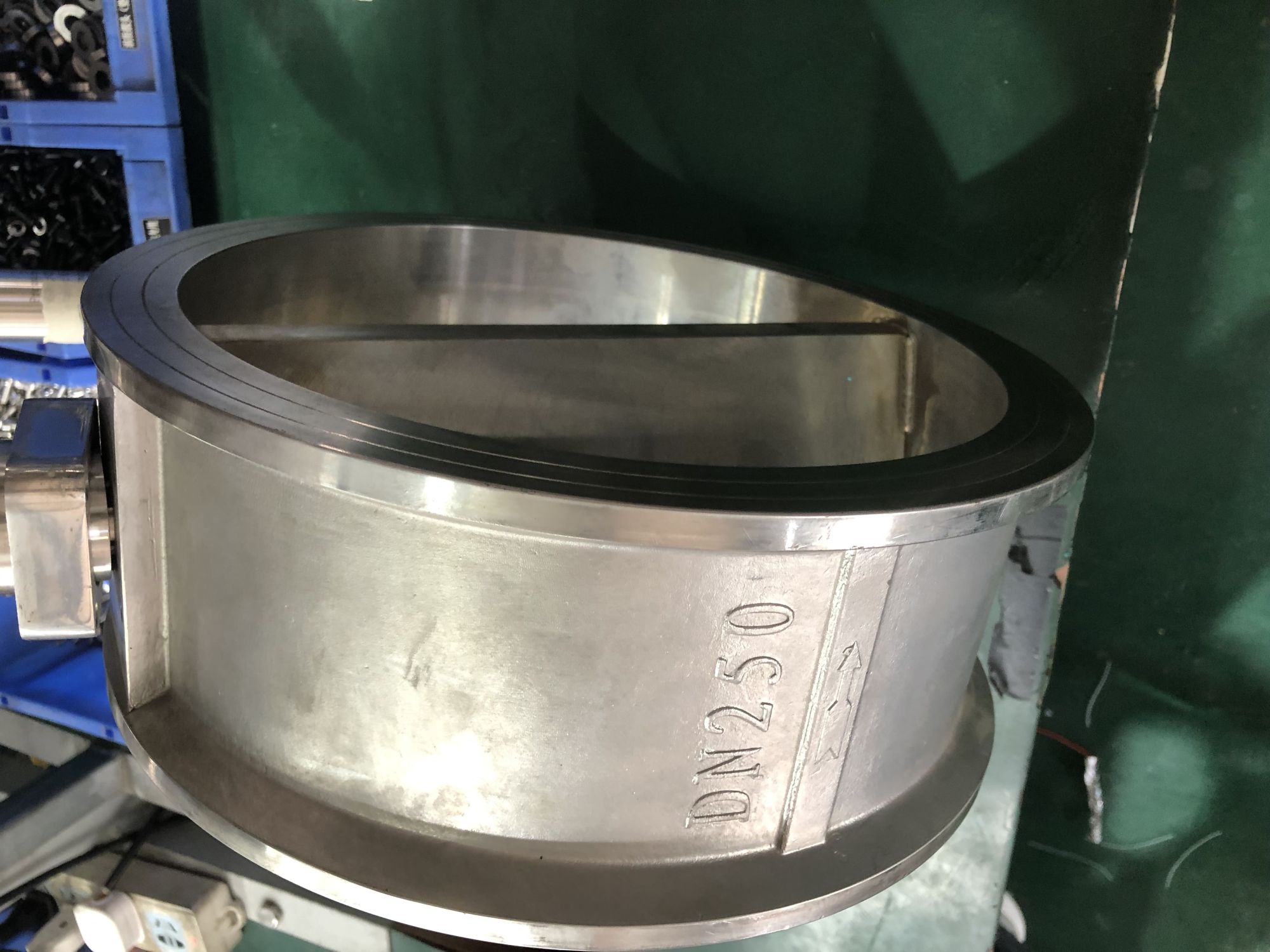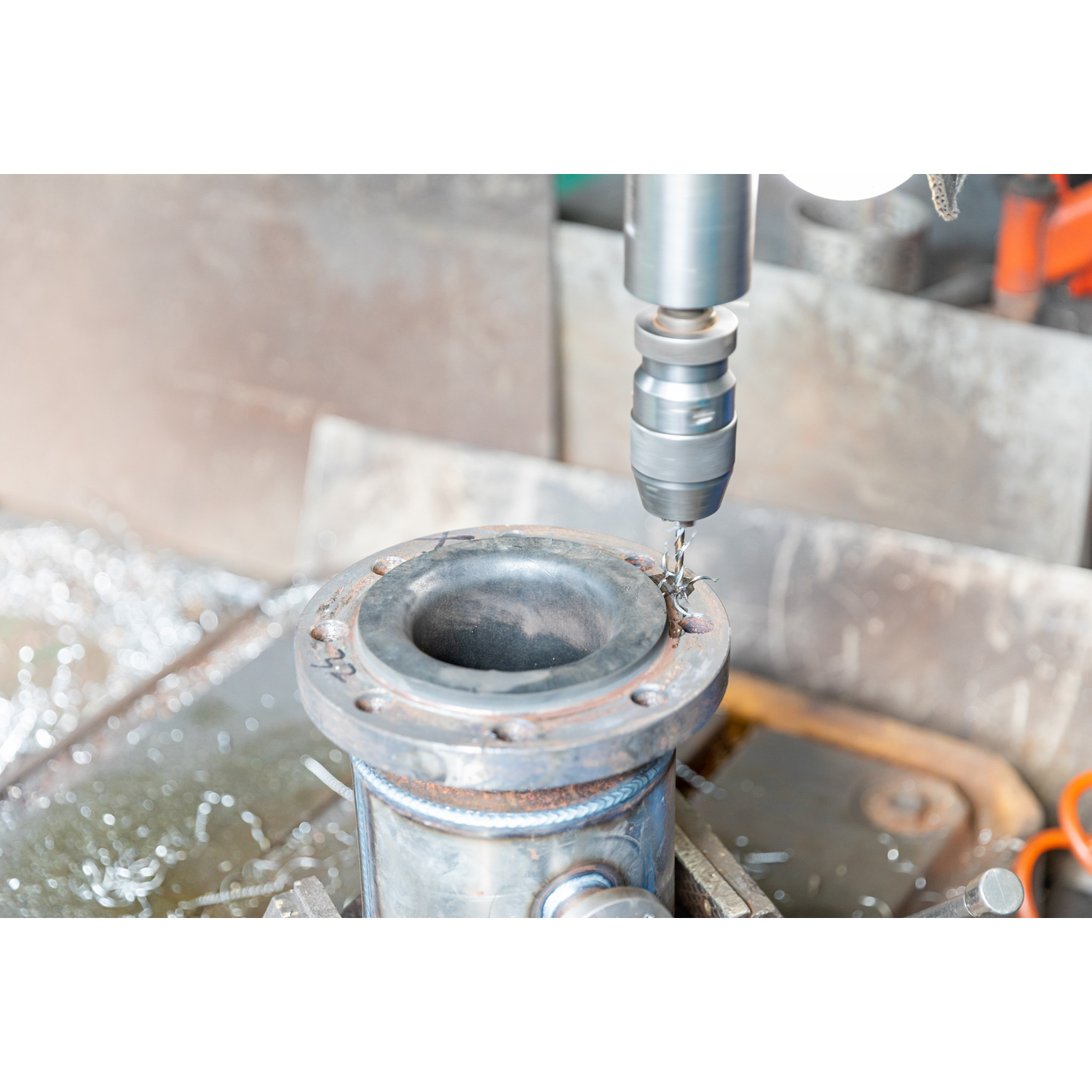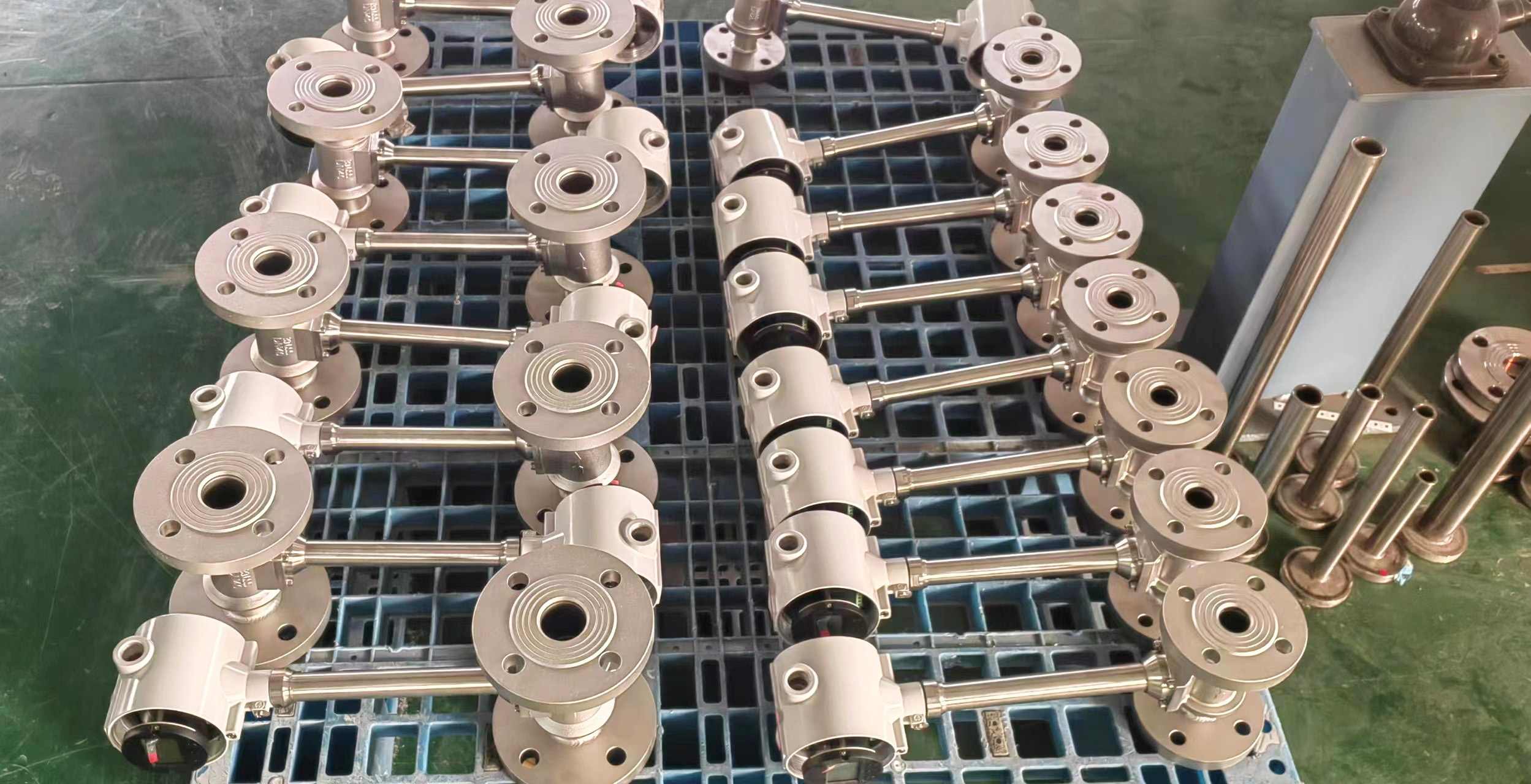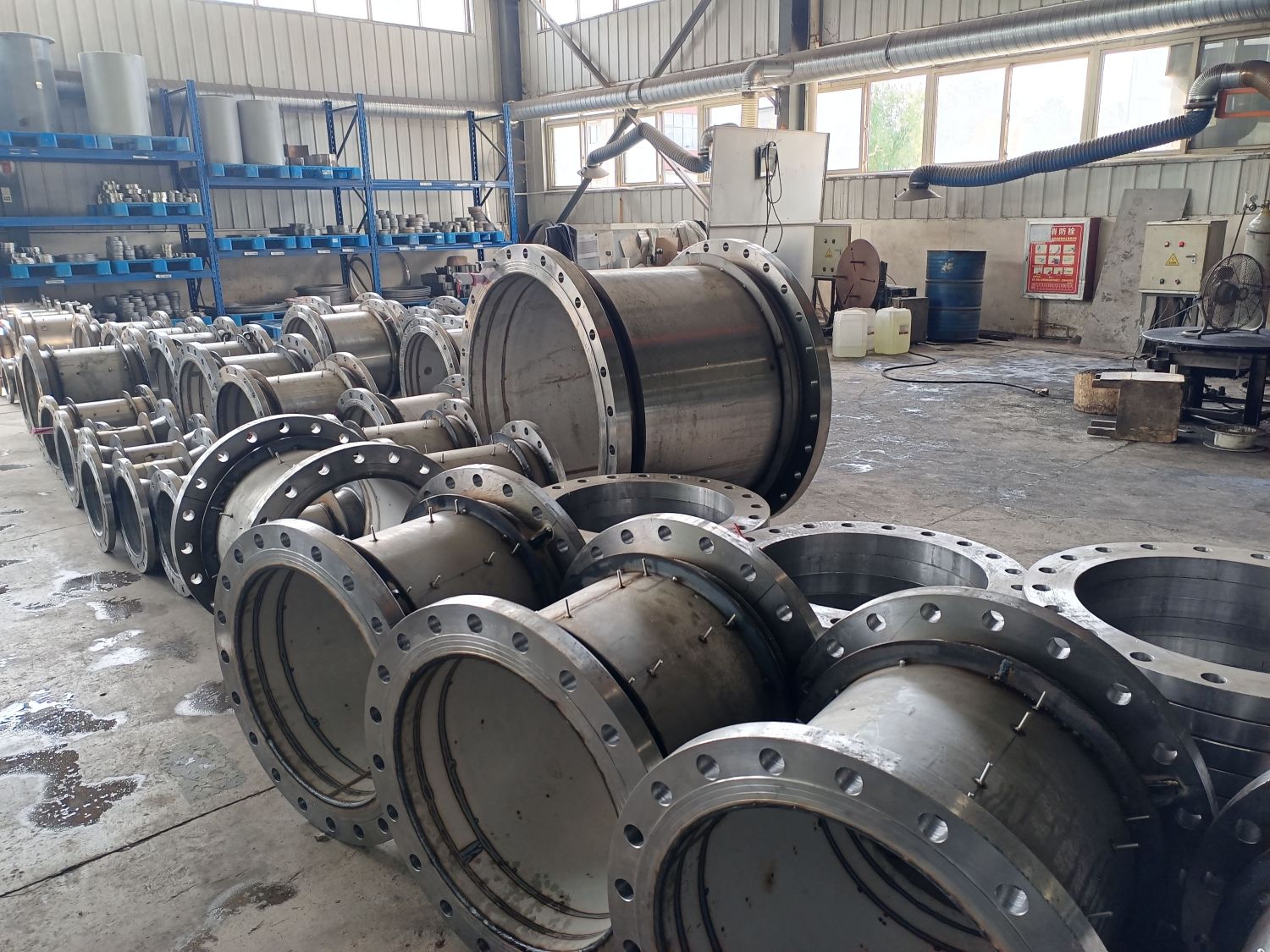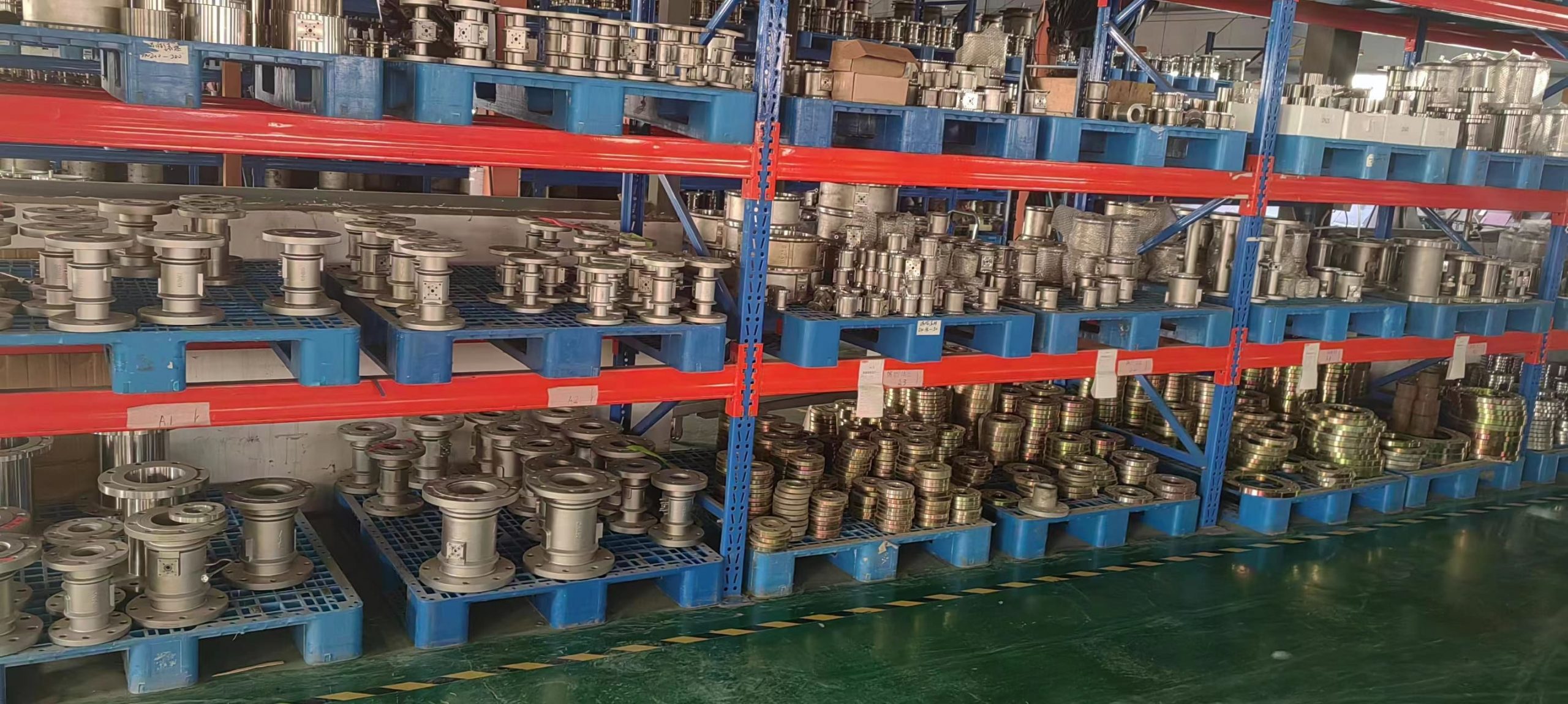Quickly understand the advantages and disadvantages of vortex flowmeters
The advantages of vortex flowmeters
1. The output is a pulse frequency proportional to the actual volume flow rate of the fluid being measured, and is not affected by the fluid composition, density, pressure or temperature.
2. It has a wide measurement range, with the measurement range generally reaching above 10:1, and the accuracy is relatively high.
3. It has no moving parts, high reliability, a simple and firm structure, is easy to install and has low maintenance costs.
4. It has a wide range of applications and is suitable for various types of fluids, including liquids, gases, steam and some mixed-phase fluids.
5. The pressure loss is relatively small, only 1/4 to 1/2 of that of orifice plate flowmeters, making it suitable for total measurement with no zero drift.
6. Within a certain range of Reynolds numbers, the instrument coefficient is only related to the shape and size of the vortex generator and the pipeline. After calibration in a typical medium, it can be applied to various media.
The shortcomings of vortex flowmeters
It is not suitable for low Reynolds number measurement (critical Re=2×10°), so its application is restricted in high viscosity, low flow rate and small diameter conditions.
2. The instrument coefficient is relatively low, and the resolution is also low. Moreover, the larger the diameter, the lower the resolution. It is generally used for nominal diameters below DN300
3. It is susceptible to noise, especially pipeline vibration and noise from power equipment. These noise signals will directly superimpose and affect the measurement of flow. Interference is particularly prominent when detecting low-flow vortex street signals.

